This post may contain affiliate links and we may earn compensation when you click on the links at no additional cost to you.
Read Time: 8 minutes, 53 seconds
With the recent popularity of the Passport Program, there is more awareness now than ever before about the smaller parks managed by or affiliated with the National Park Service. There are 90 parks in the United States that are “officially” designated National Historic Sites.
While you may have visited the Grand Canyon or Yellowstone, or one of the other big-name parks run by the National Parks Service, you may not have visited Abraham Lincoln’s Springfield Home, or the Saugus Ironworks National Historic Site. You might be curious about visiting these places, but unsure because you don’t really know much about them.
The good news is you don’t have to know a thing! Unlike Yellowstone, where not knowing what you’re getting into could be dangerous, at National Historic Sites, you can go in completely blind. You don’t have to know anything about the site or the person that it was created for. You can just go. Which makes National Historic Sites even more exciting and accessible to Historic Park Newbies.
While you’re more than welcome to go in knowing nothing, there are some things you can do to guarantee your trip to your first National Historic Site will be the best it can be.
1. Do your Research Before you Leave
I know I said you don’t have to know anything before you go to a National Historic site, and that is completely, 100% true! But you will get more out of your trip if you know the background of your destination.
Do they offer tours, and if so, what times? Do they have audio tours? Is the historic site mostly indoor or mostly outdoor exploring? Will there be a place to grab some lunch? How long will I need to spend here to see everything?
There are so many things that are helpful to know, about the site that have nothing to do with the historical significance. While you can learn more about why your chosen Historic Site is important once you get there, you cannot get there on a day they are closed and expect to learn something.
Some parks, like the previously mentioned Saugus Ironworks, have certain days in the week that are different than others. At Saugus, they do live demonstrations of the Ironworks Facility and how it functioned, but you aren’t able to see this every day of the week. If your chosen park has something similar to this, know which day of the week you want to visit and plan accordingly.
2. Bring a Notebook
Before you head to a National Historic Site, write down questions you have about the place you are visiting before you get there, and continue to write down questions that come up as you explore the site.
You can also jot down notes about things you learned that you don’t want to forget, or other places that you might want to visit at a later date. You could write down names of people that are also important, or maybe a specific battle that interests you. You never know when you’ll hear something you want to remember, so be prepared!
3. Talk to a Park Ranger
Remember those questions that you wrote down in your notebook? If you haven’t found answers for them yet, bring your questions to a Park Ranger and ask them! Many of the Park Rangers spend years learning all there is to learn about the Historic Site they take care of. They’ve read every book and they’ve told every story. If you have a question that hasn’t been answered, now is your chance to get it!
You might also be able to talk to a park ranger about other historic locations nearby that are related to the site you’re at now. At our local historic park, the Ulysses S. Grant National Historic Site, I love to talk to the Park Rangers about the other families in the area (the ones that all the streets are named after now!) and how they are related to Grant’s story. This gives me opportunities to research more about other people that built St. Louis into what it was today. There really isn’t an end to what you can learn from Park Rangers and the National Park Service.
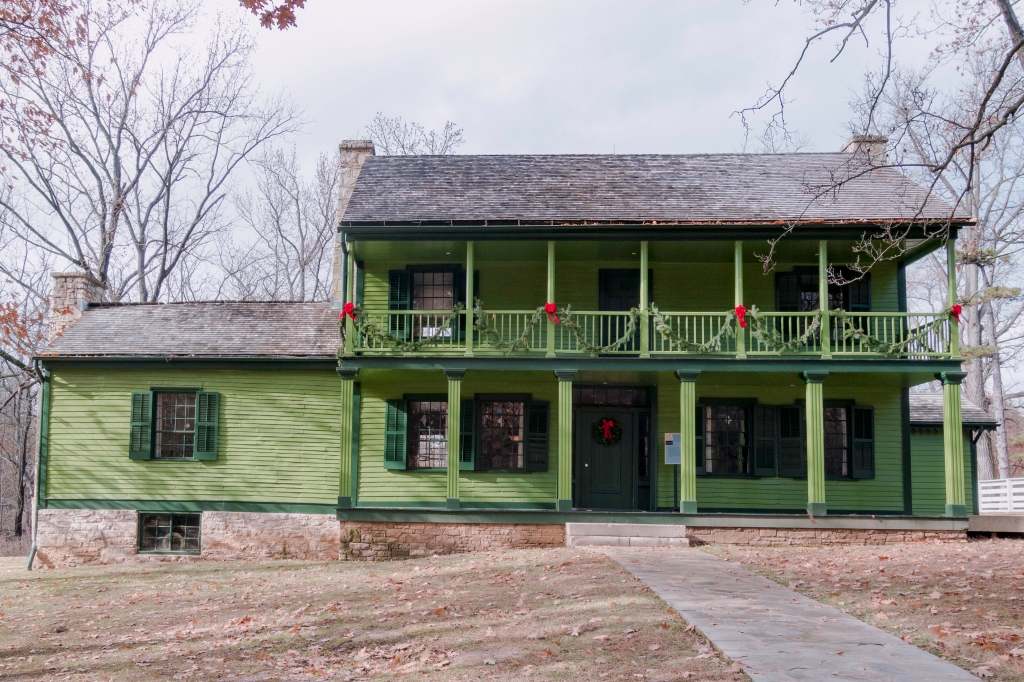
4. Watch a Video at the Visitor’s Center
The History is typically dense at a National Historic Site. The videos at the Visitor’s Center can help you to get your foundation before exploring the park deeper. Visitor Center videos often give an overview of the history of the park, or will bring to life the specific moment that made this place relevant.
Regardless of the topic discussed, watching the video will help get you oriented for the rest of the park you’re about to see. Many parks have more than one video, so be sure to ask about all the video topics and find one that interests you most and fits your timeline best.
5. Talk to the Gift Shop about Books
One of the best things I’ve ever done while visiting a National Historic Site was talk to the person working the gift shop about their favorite book they are selling. Most of the time, the sales person is ecstatic to talk about their favorite topics.
The gift shop attendant spends most of their day answering questions about t-shirt sizes, or giving directions to the bathroom, or being asked where the Passport Stamp is. But it is important to remember that the person working the gift shop, often a volunteer, chose this park because it is a place they are passionate about. Give them the chance to talk about their passions, and they will gladly share all that they can.
6. Take a Guided Tour
Not all historic parks are accessible without a park ranger, but if you have the option to explore the site on your own, I highly recommend you opt not to do that. There is so much more you will gain by walking through the site and learning about it from a Park Ranger who spends all their time mastering it.
If you have to go without a ranger, ask if they have a guided audio tour that you can listen to while you walk. At the John F. Kennedy National Historic Site in Brookline, Massachusetts, Rosemary Kennedy, JFK’s mother, narrates the audio tour. She walked through the house where her family grew up and recorded stories of things she remembered from the home. They turned this into the audio tour, and it is truly unforgettable. While the rangers are happy to share more stories and background in length, there is nothing like having Rosemary Kennedy give you a tour of her own house.

7. Take a Hike Before you Go
Many people who visit the National Parks love the parks because they love being active, getting outdoors, and connecting with nature. Oftentimes, you won’t find this at a National Historic Site. Many of the National Historic Sites are homes of influential people from history. The extent of the walking will be within the home. If you’re waning to stay active, get a hike in before you visit!
Some Historic Sites have hiking trails on the property that you can take advantage of. At the Abraham Lincoln Boyhood Home, you can walk the paths between the Visitor Center and the house and walk the same places that Lincoln once walked.
If there aren’t any trails at the Historic Site you are visiting, it might be a great time to check for a nearby State Park and explore the hiking trails there. It’s always a great idea, especially after a long car ride, to get your blood flowing before settling into learning.
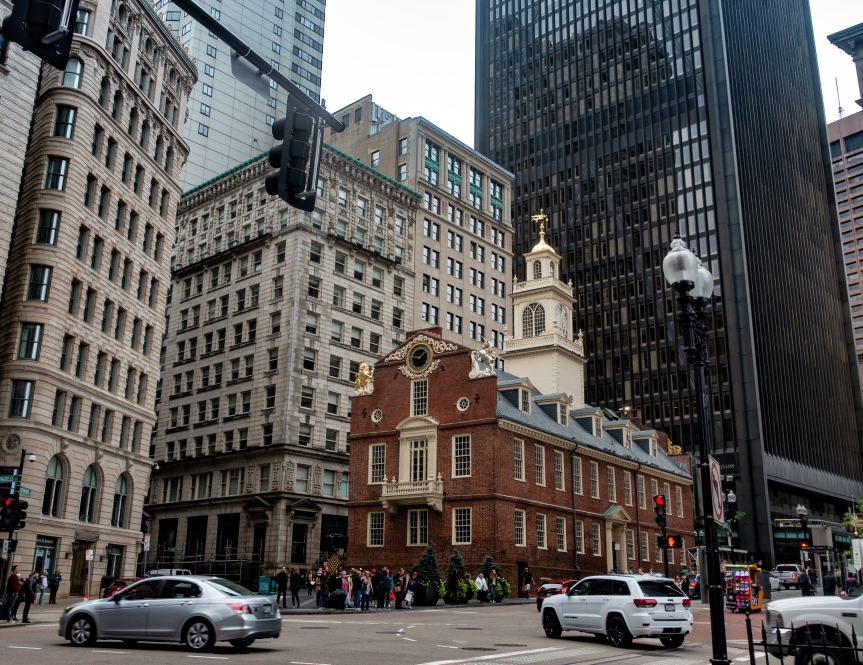
8. Find a Connection to Another Park and Continue the Journey
The majority of historic sites can be seen in a couple of hours. Which means if you plan it out just right, it is possible to visit more than one in a trip. Check the map and see if there is another destination close by.
If you aren’t able to see more than one in a day or in a weekend, connect the park you are currently visiting to the next destination. In the Midwest, it is very easy to link multiple Historic Sites that are all tied to Lincoln. You can start at Lincoln’s Birthplace in Kentucky, visit his Boyhood Home in Indiana, and finish with his home in Springfield Illinois. You can trace his steps from birth all the way to his presidency.
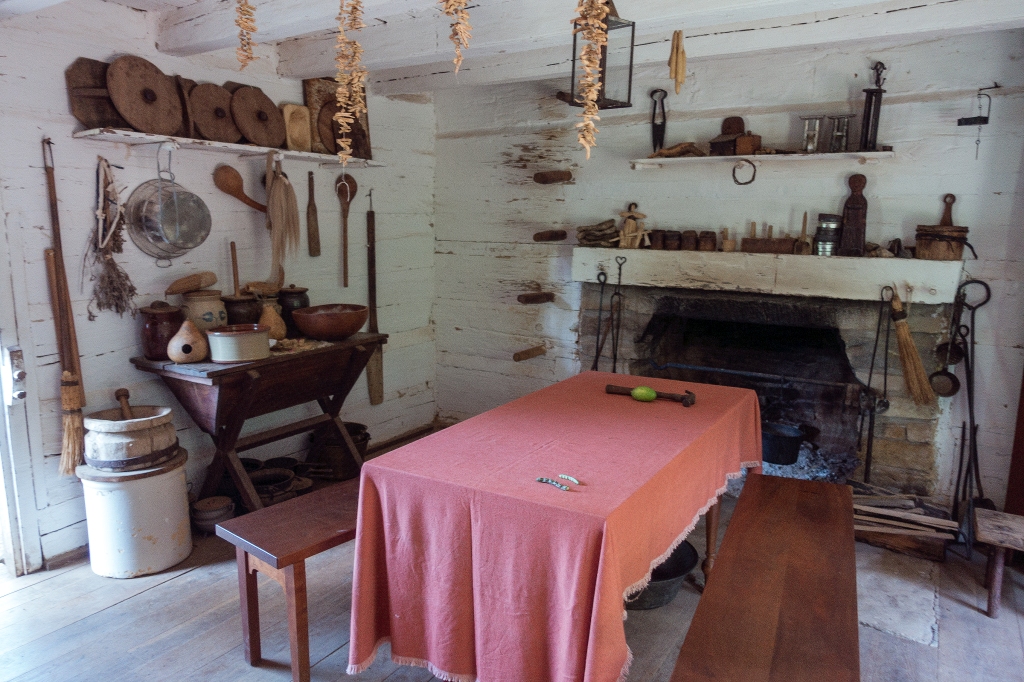
The same could be said for battles of the Civil War, you can follow the stories of the Civil War from battlefield to battlefield. You could pick a theme, like Black History, and visit all the parks that share that connection. The possibilities are endless, but building on what you learn in one park by continuing learning in another is a great way to bring history alive and stay enthusiastic about what you’re learning.
Are you planning a trip to a National Historic site? Where will you be visiting and what kinds of things will you be asking once you get there? I’d love for you to share with me the questions you have and the answers you find. The opportunities to learn are endless with our National Parks. Where will you explore next?
Pin Now, Read Later! Click the Image Below to Pin this Post!:
Like This Post? You’ll love these! Check out some more of my latest news, updates, and itineraries:
- 60+ St Louis Date Ideas That You’ll Absolutely Love
- A Complete Guide to Annual Pop-Up Bars in St Louis
- Everything You Need to Know About Visiting Wigwam Village #2 in Cave City, Kentucky
- National Park Passport Program: Why National Park Visitors Love It!
- 15 Great Things To Do Near Indiana Dunes National Park
There’s benefits to being a subscriber! Join my mailing list and get updates before anyone else. Awesome, right? Sign up below!
Want Access to my Free Resource Library? Click the Image below!

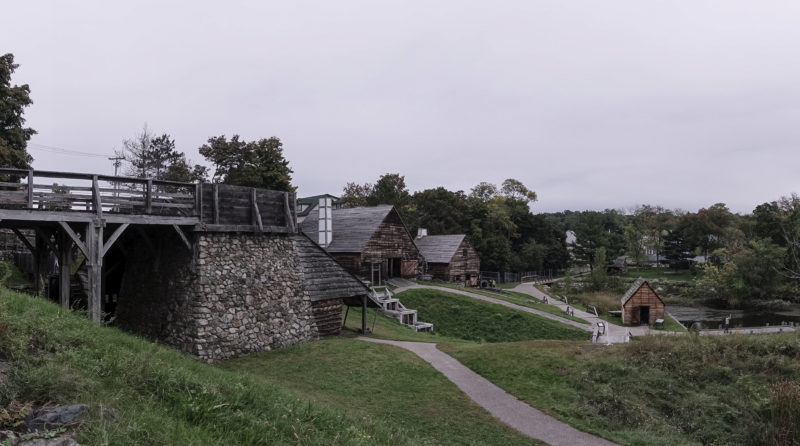
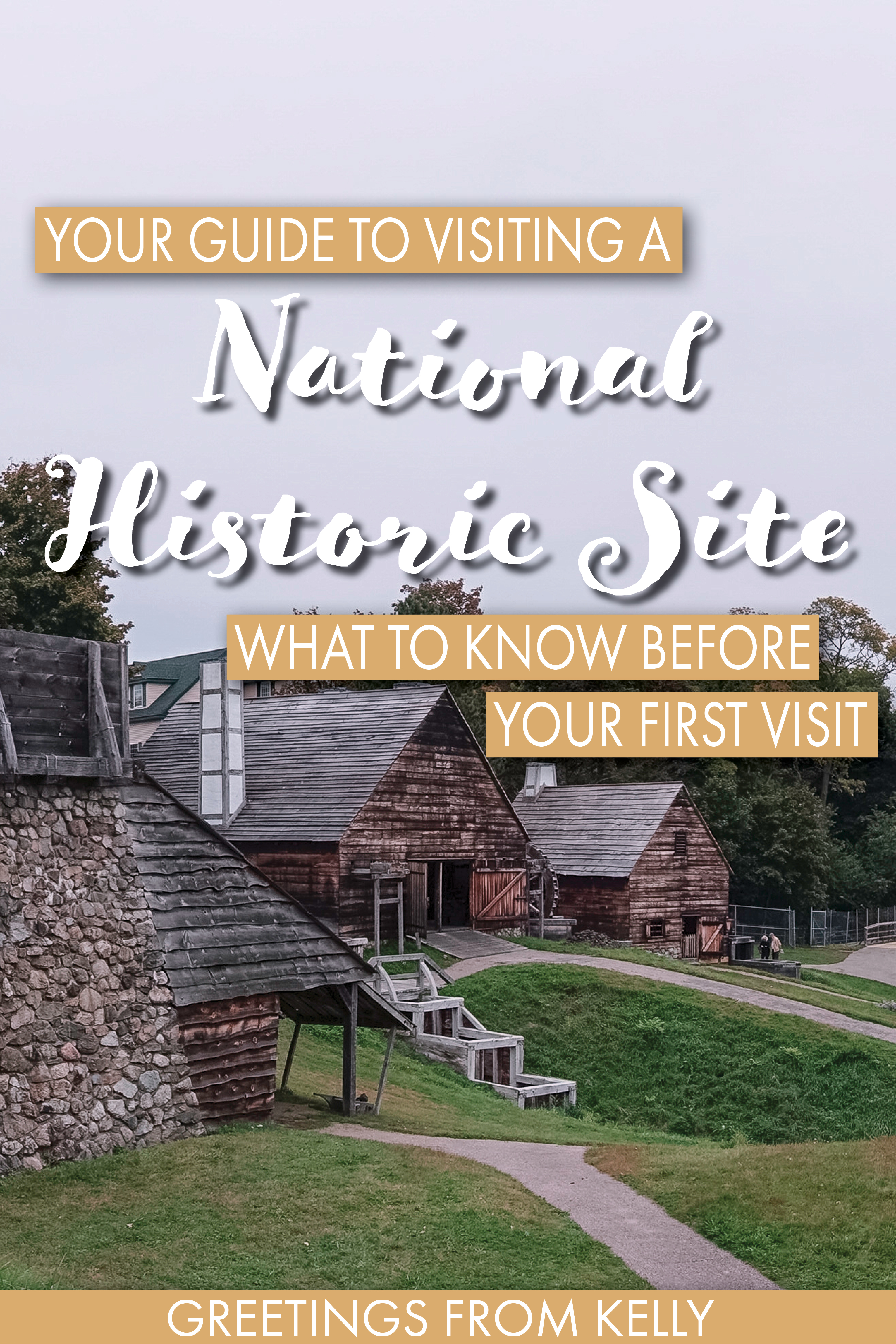
A really great post to read. We have a lot of connections to national parks and have many big adventures for the future. Loved the topic of this post. Getting the most from your experiences is a great thing to write about. Wish you well and looking forward to future posts.
Thank you! Happy to have another national park explorer on board!